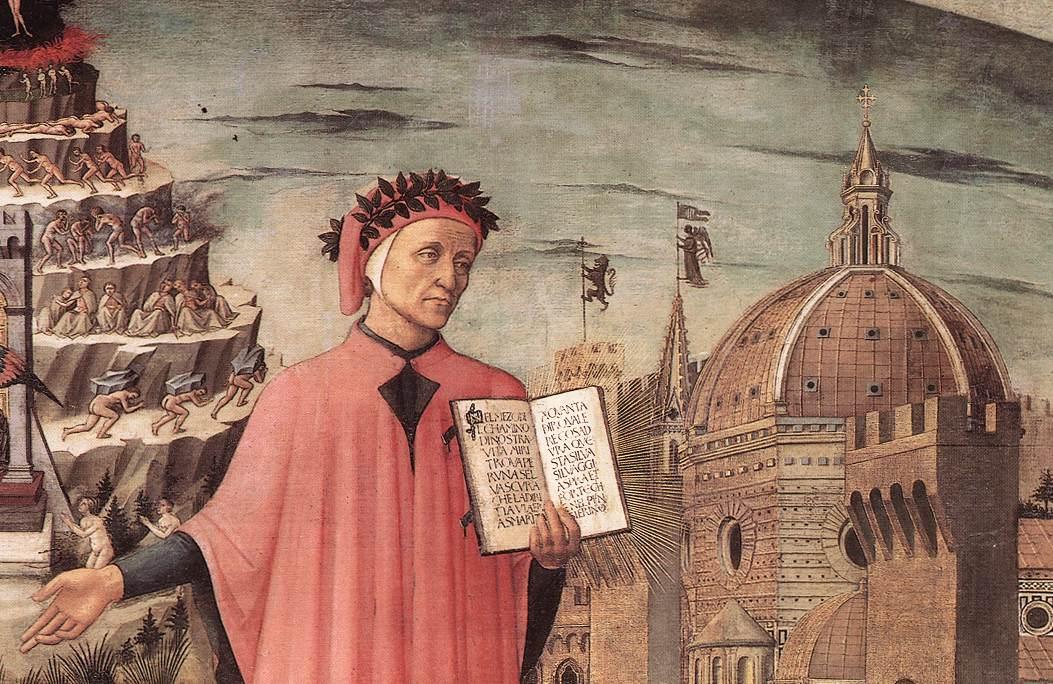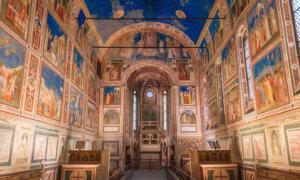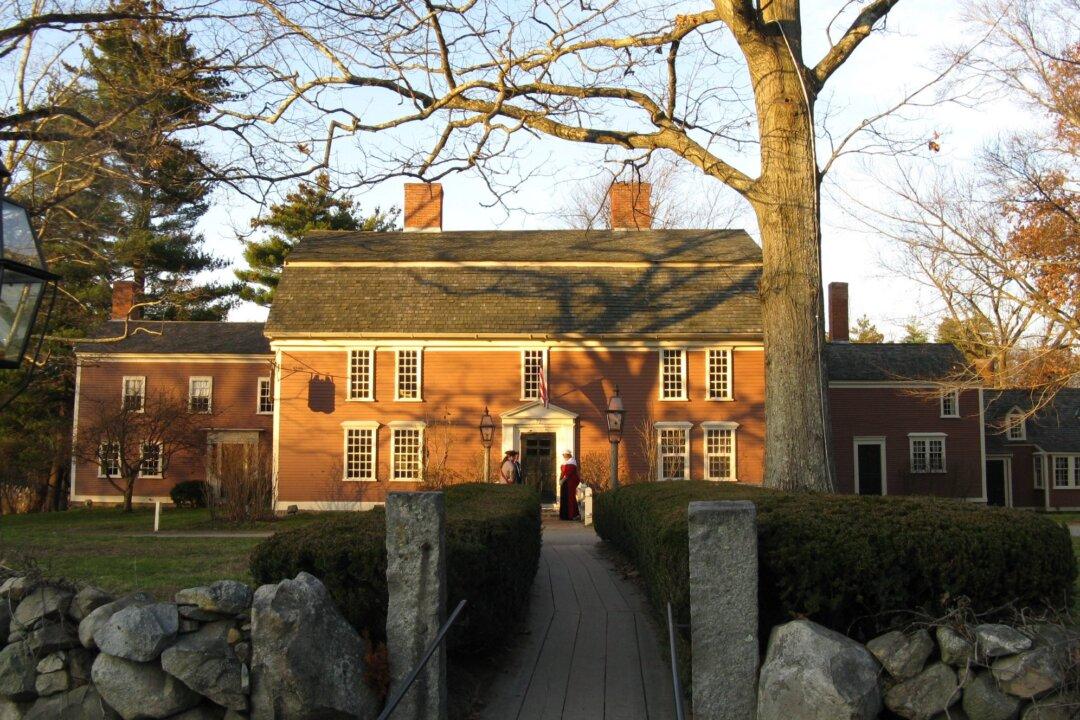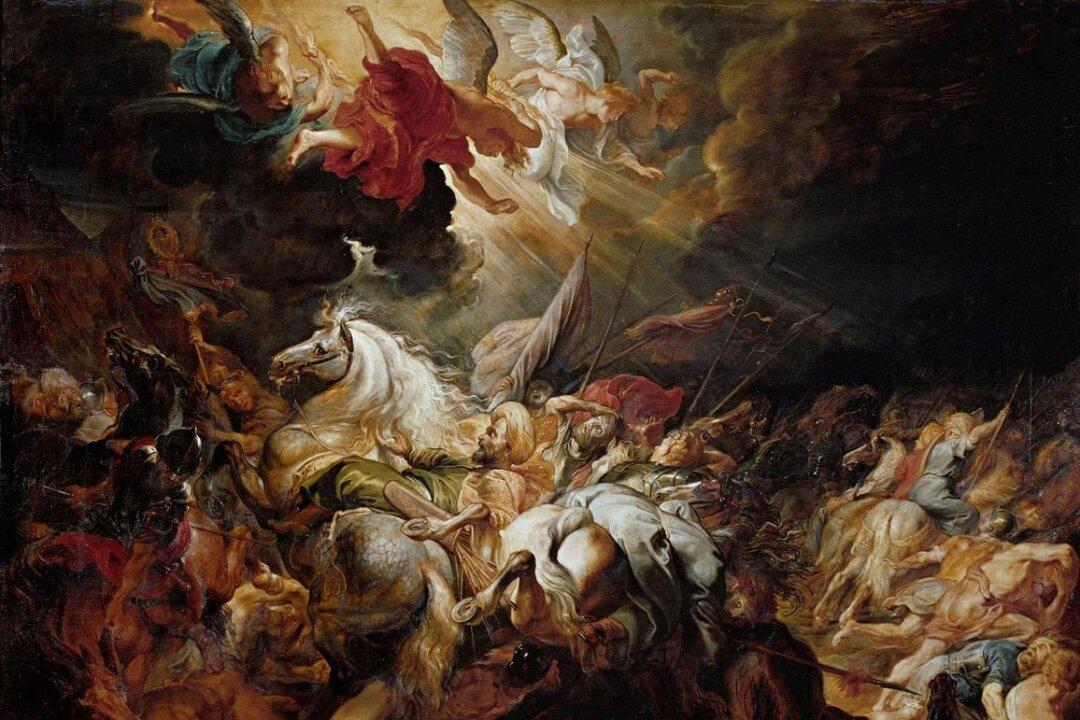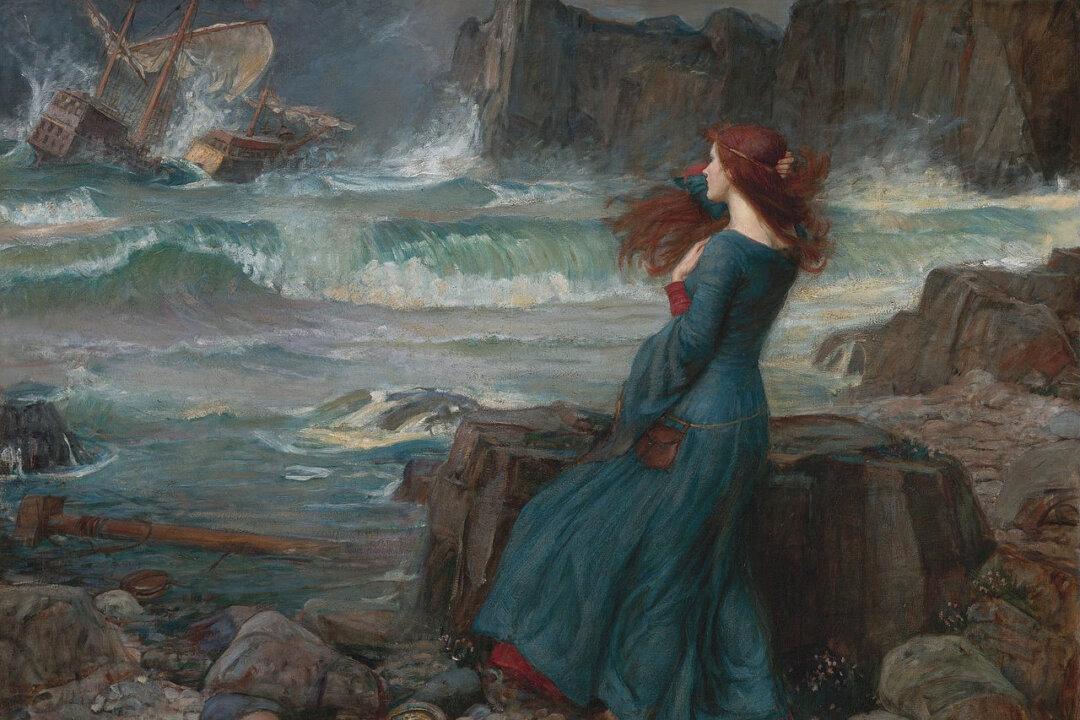The celebrations of two fictional journeys coincide on one day, christening the date as both Dante Day and Tolkien Reading Day—March 25.
Despite more than 600 years between the lives of the two literary greats, this date is no coincidence. This is when Dante Alighieri the pilgrim begins his journey through hell in “The Divine Comedy,” and the ring of power is cast into Mount Doom in J.R.R. Tolkien’s “The Lord of the Rings.” The fact that this date figures into these two journeys makes sense considering the Christian beliefs of the two writers.
March 25 would have been of particular importance both as the date which ancient Christian tradition held to be the original Good Friday, the day Christ died, and it also is celebrated as the feast of the Annunciation, the day the angel Gabriel appeared to the Virgin Mary in Nazareth, and, thus, it is also the day of the incarnation. A visit with these two authors seems like a fitting preparation for the approaching celebration of Easter.
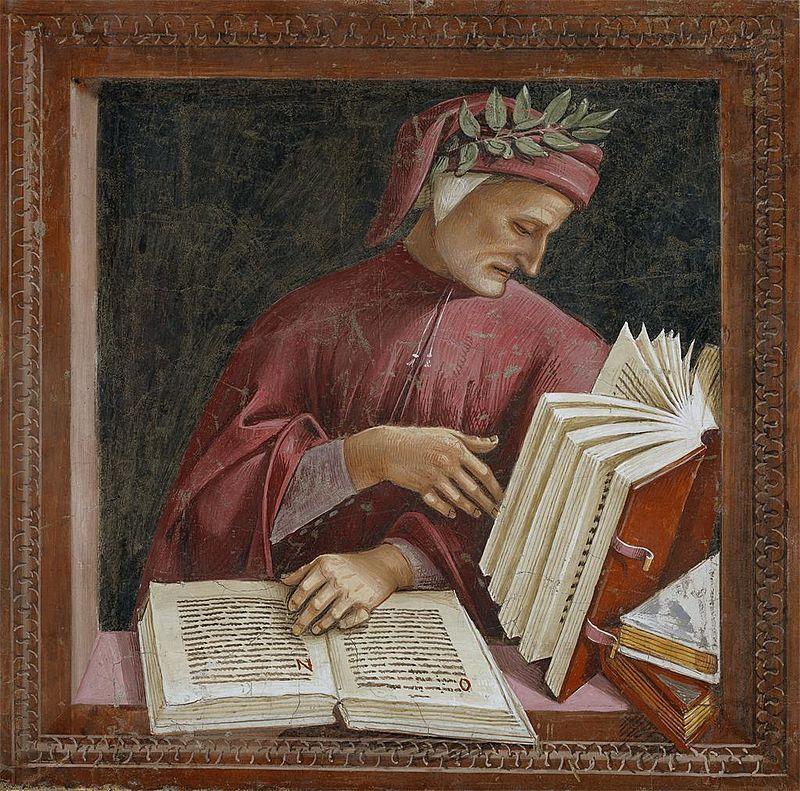
The Straightforward Pathway
The Italian government declared March 25 National Dante Day (“Dantedì”) because that is the date many scholars believe to be the day that, in the “Inferno,” Dante began his journey.There’s some debate about whether March 25 or April 8 is the actual starting date of Dante’s journey, but the date contributes to the poem’s beauty whether it aligns with Good Friday or the vernal equinox, which marks the beginning of spring.
Both events can be understood as the beginning of new life, but for the sake of deferring to the authority of the Italian government and for the sake of my present reflection, we’ll go with the start of the journey as falling on March 25. As the feast of the Annunciation, it seems a fitting day for the celebration since Dante’s journey begins due to Mary’s intervention when she sends St. Lucy to entrust Beatrice with the task of guiding Dante back to the path of virtue.
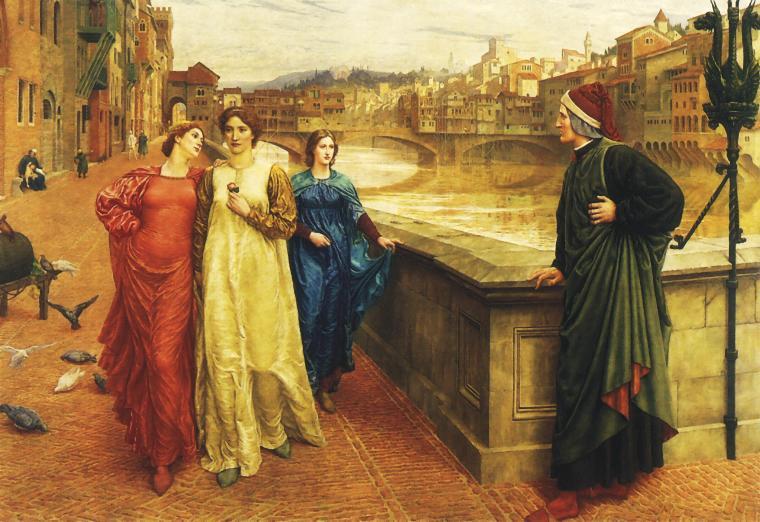
The last canto of the “Paradiso” in the “Divine Comedy” also draws Dante’s journey to a close with St. Bernard’s prayer to the Blessed Virgin whom he addresses as, “Virgin mother, daughter of your Son,/ more humble and sublime than any creature.”
Dante makes it clear that his journey is universal, one which everyone must undertake. Precisely because his journey brings his life into alignment with Christ’s life and directs him towards virtue, Dante opens his poem with “Midway upon the journey of our life/ I found myself within a forest dark,/ For the straightforward pathway had been lost” (“Nel mezzo del cammin di nostra vita/ mi ritrovai per una selva oscura/ ché la diritta via era smarrita” Inferno I.1-3). The use of the phrase “our life” signals that this is the journey of everyman, the path we all must take in our efforts to achieve sanctity.
The time was the beginning of the morning; the sun was rising now in fellowship with the same stars that had escorted it when Divine Love first moved those things of beauty. (Inferno I.1-4)
The creation of Dante’s world in the “Divine Comedy,” therefore, hearkens back to when God created the world. Interestingly, in Hebrew and Christian tradition, Adam was created on March 25, also the date which the Roman calendar counted as the vernal equinox. As Columbia University’s Louis J. Moffa Jr. observes, these verses show that the sun has made its annual return to its initial position on the day of creation:“Dante ties the onset of the pilgrim’s voyage—an event that is tantamount to the creation of the poet’s virtual world—to the formation of the universe itself: the sun is said to be rising with those same stars that accompanied it ... when divine love (God) first ‘moved the things of beauty’, which is to say ‘created the world.’”
The Road Goes Ever On
In “The Lord of the Rings,” the fellowship sets out from Rivendell on Christmas day, Dec. 25, on the quest to destroy the One Ring. Their journey takes three months from their departure from Rivendell, concluding with the ring being destroyed in the fires of Mount Doom on March 25.Prior to that, at the Council of Elrond, Frodo voluntarily assumes the role of “Ring-bearer,” and Elrond’s use of this title seemingly indicates that this is not merely a task but also an identity. There is conscious choice in assuming this role, as Elrond confirms with Frodo (“Do you still hold to your word, Frodo, that you will be the Ring-bearer?”), and yet it is clear that, if the choice is not made, evil will reign over Middle-earth. It is the choice that each of us must make: We can refuse to undertake the quest to overcome sin, and yet there is no prospect of happiness for us if we do not choose to turn from darkness.
Elrond’s response to Frodo’s resolve to take the ring to Mordor attests to this truth: “‘If I understand aright all that I have heard,’ he said, ‘I think that this task is appointed for you, Frodo; and that if you do not find a way, no one will.’” No one can decide for us that we will die to self and shed our former love of dark and sin. Elrond’s words point to the fact that each of us has to undertake this journey for ourselves, lending fellowship to our companions, who are undertaking their own journeys as well.
“The Lord of the Rings” is not an allegory; as such, Frodo’s journey simply shares elements of Christ’s Passion (a burden carried for the good of all) as well as with our own individual battles with evil. After the ring’s destruction, with its weight reminiscent of the weight of sin, Frodo has essentially died to his old self. He now feels relief: He’s no longer the Ring-bearer.
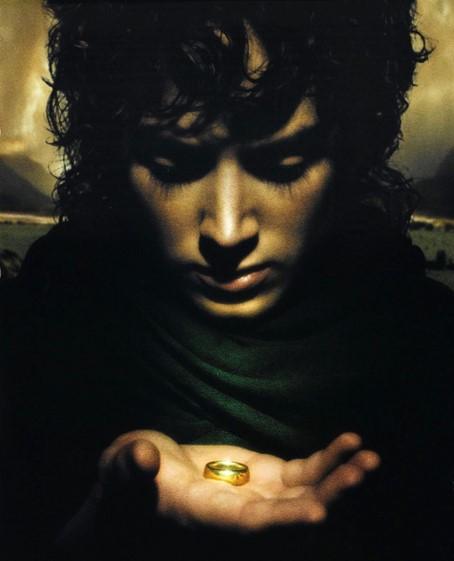
However, having been separated from that weight, Frodo can no longer return to the same place he formerly occupied in the world—He is no longer “of the world.” Frodo’s role of Ring-bearer was created on Dec. 25 when the fellowship set out; at the ring’s destruction, this role passes away, and Frodo returns to the Shire until his final journey to the Grey Havens.
Aligning these stories with the Passion of Christ immediately pulls them into the paradox of death bringing life, and loss bringing life. In these stories we can recognize those necessary moments of sorrow and purgation that shape our own characters. Our lives so often have our smaller Good Fridays and their following Easter Sundays, just as we hope that the whole of our lives will follow the same course. Revisiting Dante’s and Tolkien’s works, we can redirect our gaze towards our ultimate goal as we each carry on in our own earthly pilgrimage.
Anyone wanting to celebrate Dante Day properly might explore the 100 Days of Dante project by Baylor University, which walks you through the “Divine Comedy” one canto at a time with a short introduction to each canto. There is hardly a more fitting time than the Easter season to contemplate “the Love which moves the Sun and other stars” (“L’amor che move il sole e l’altre stelle”).

